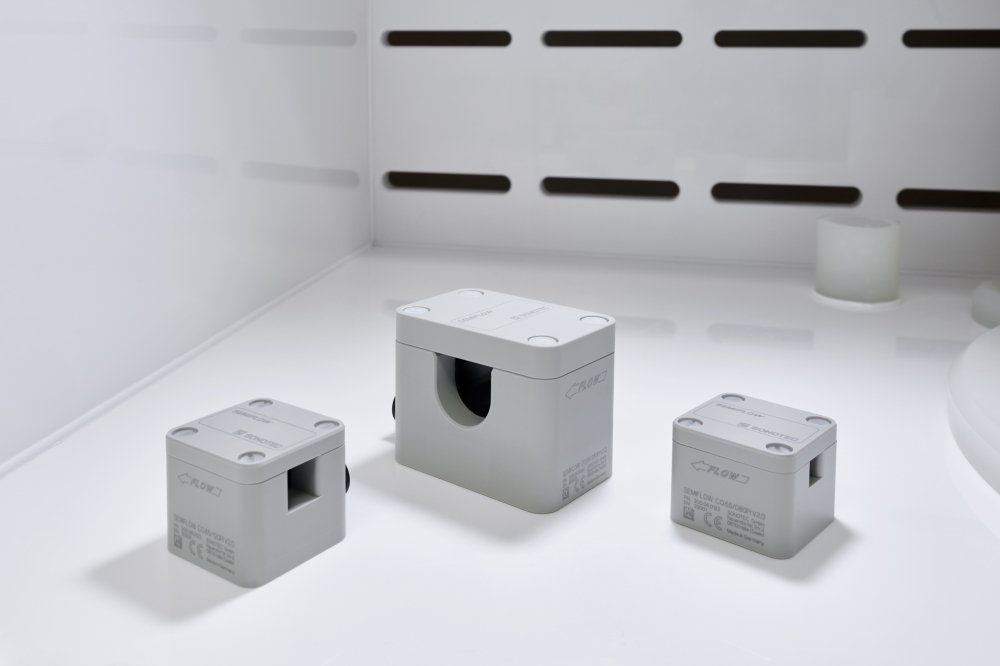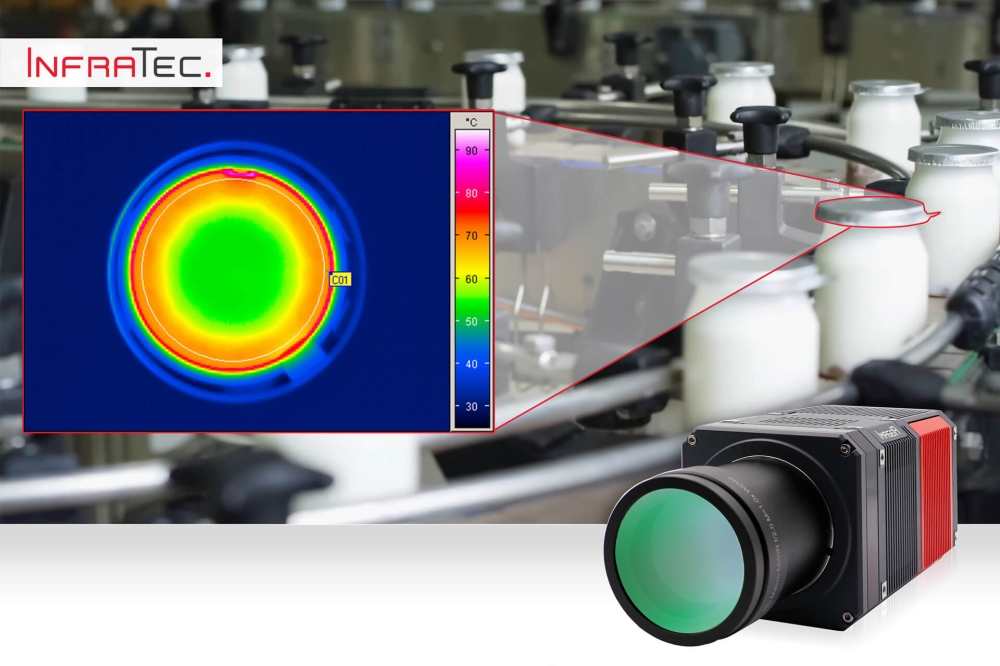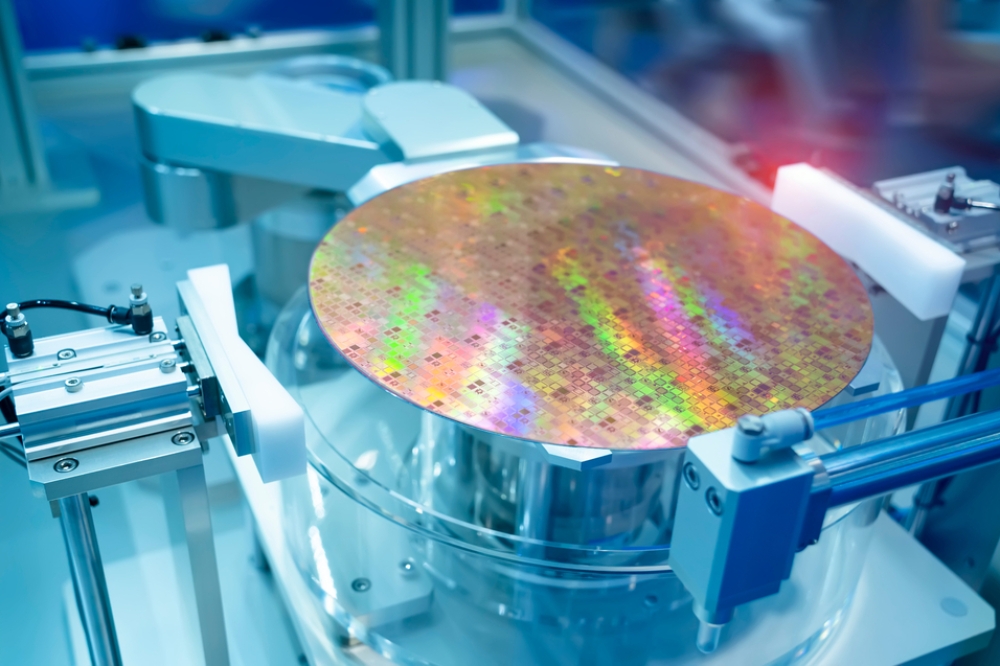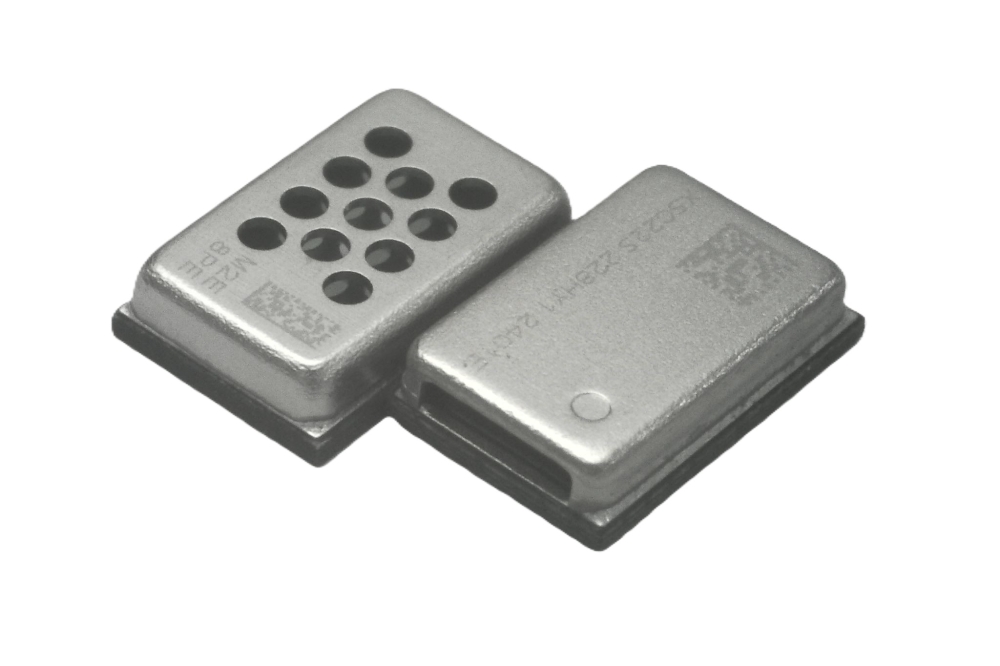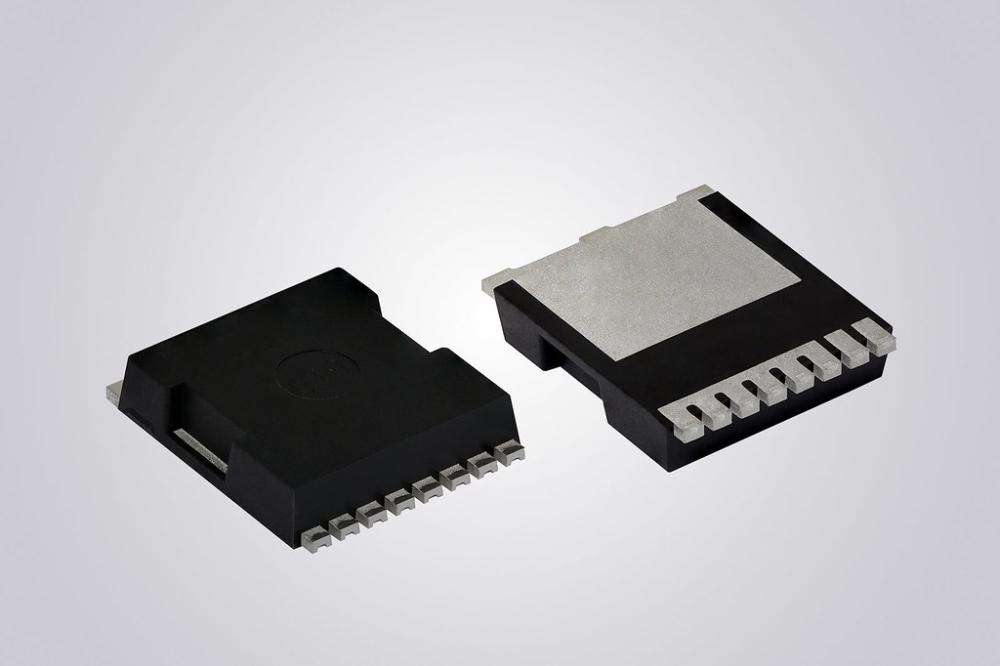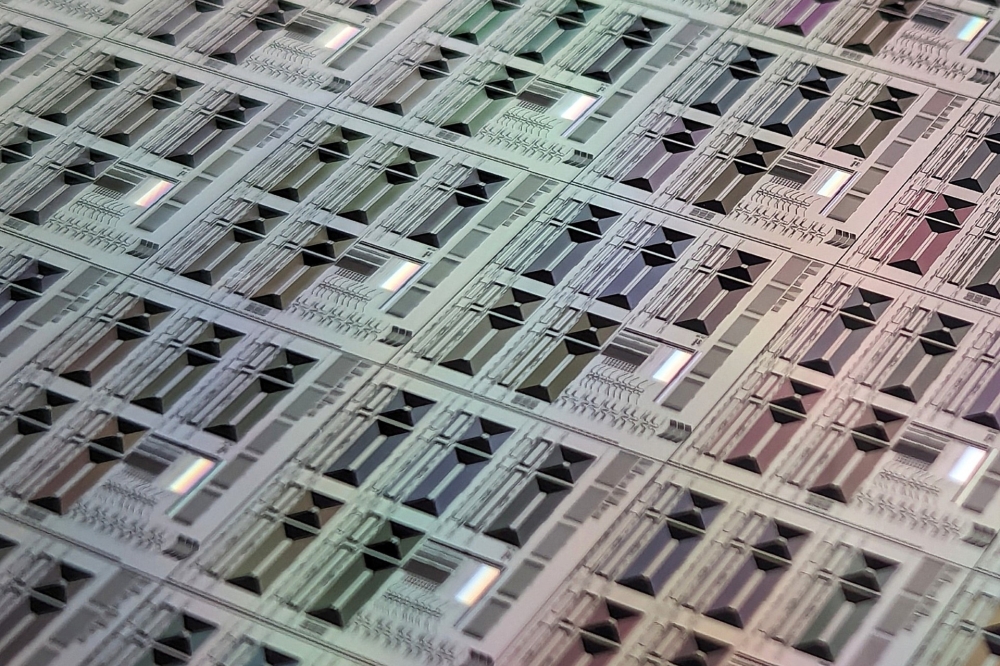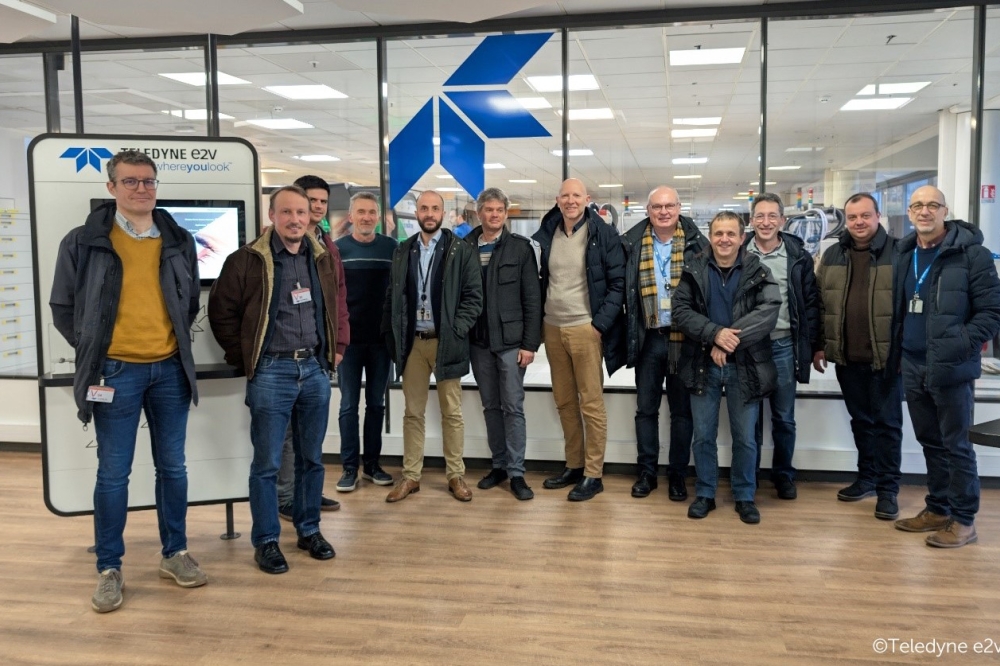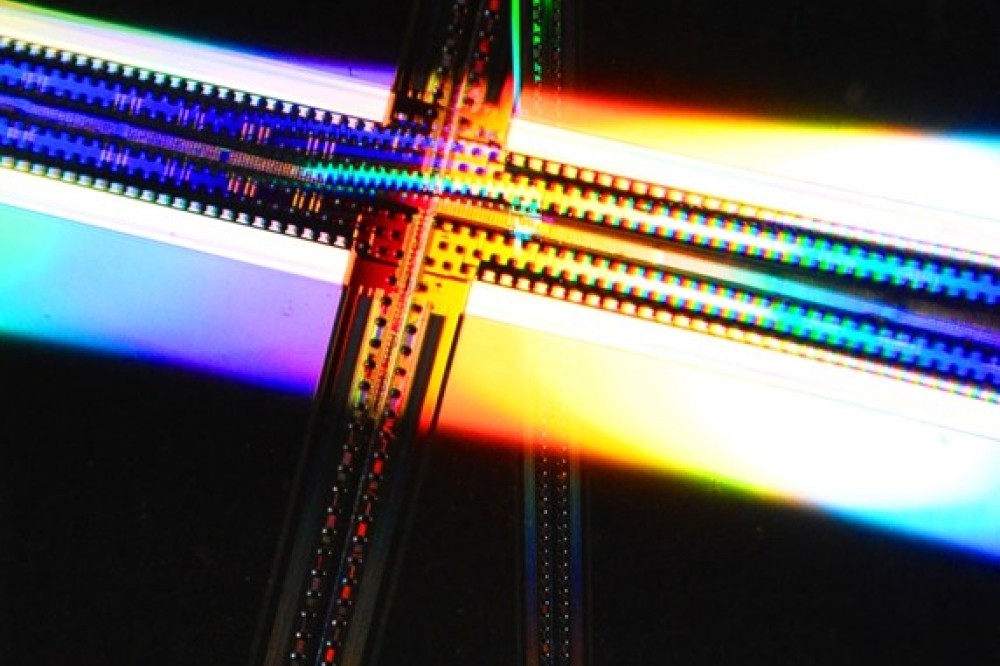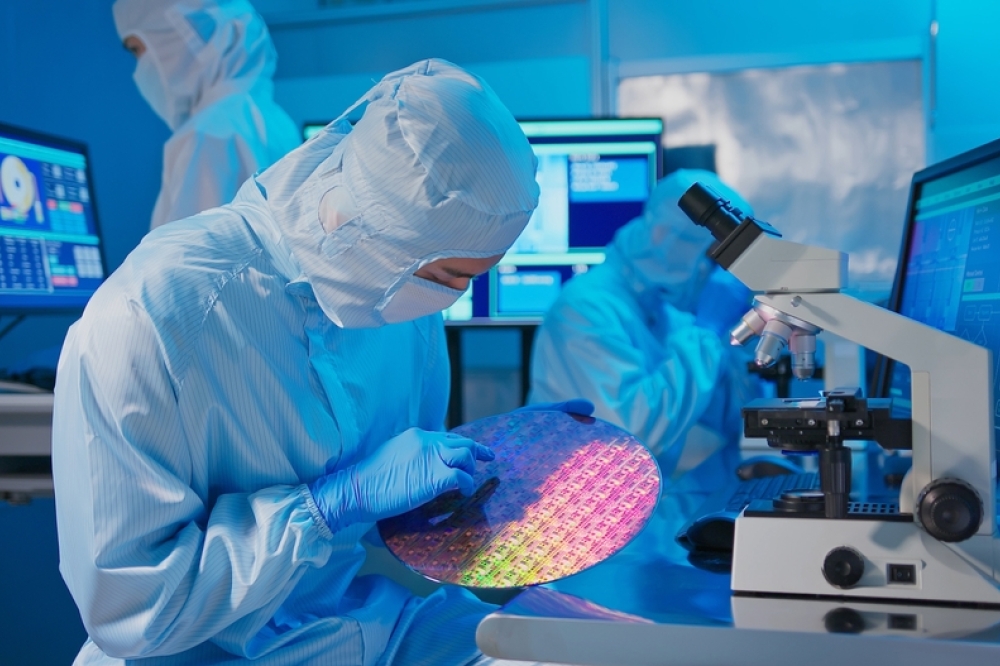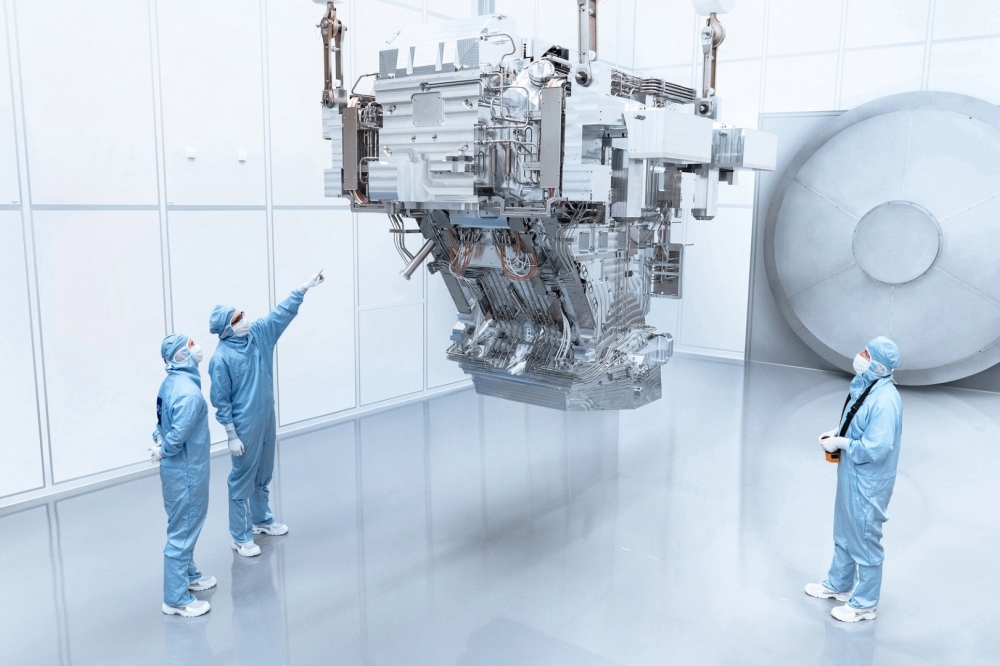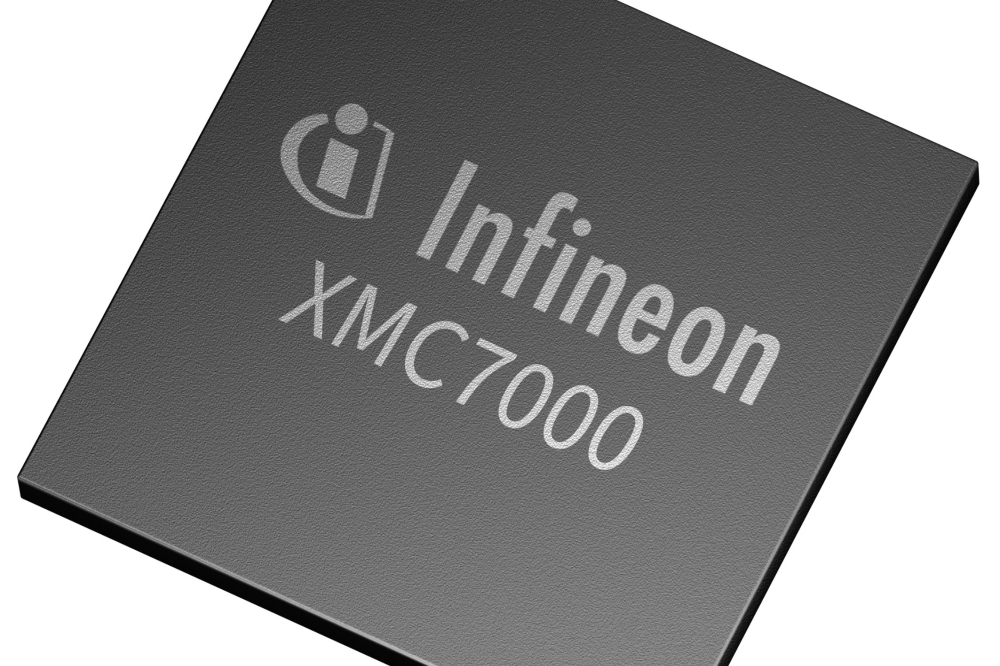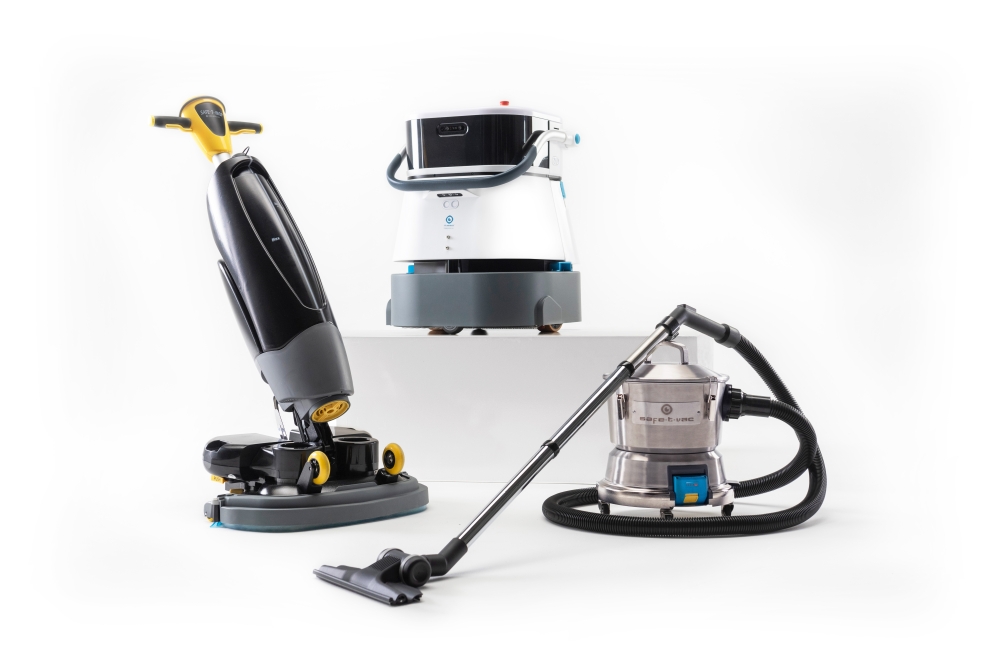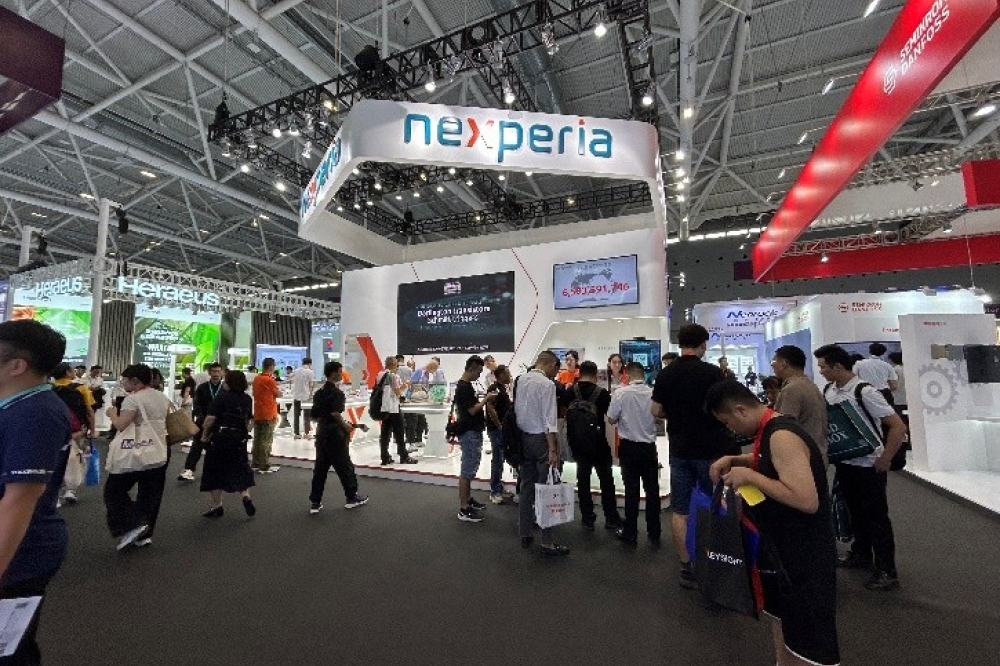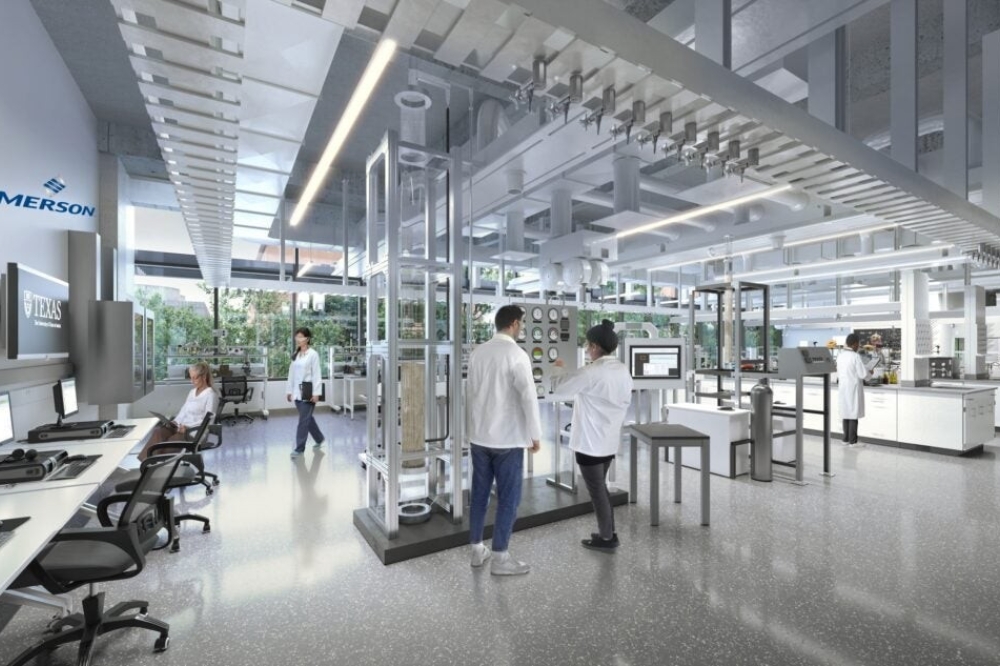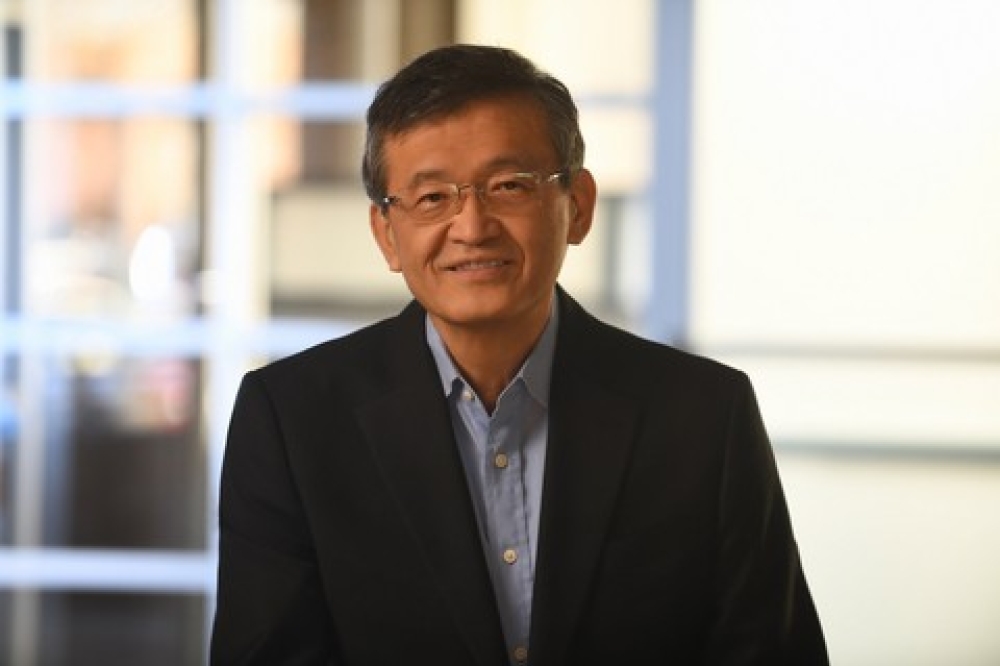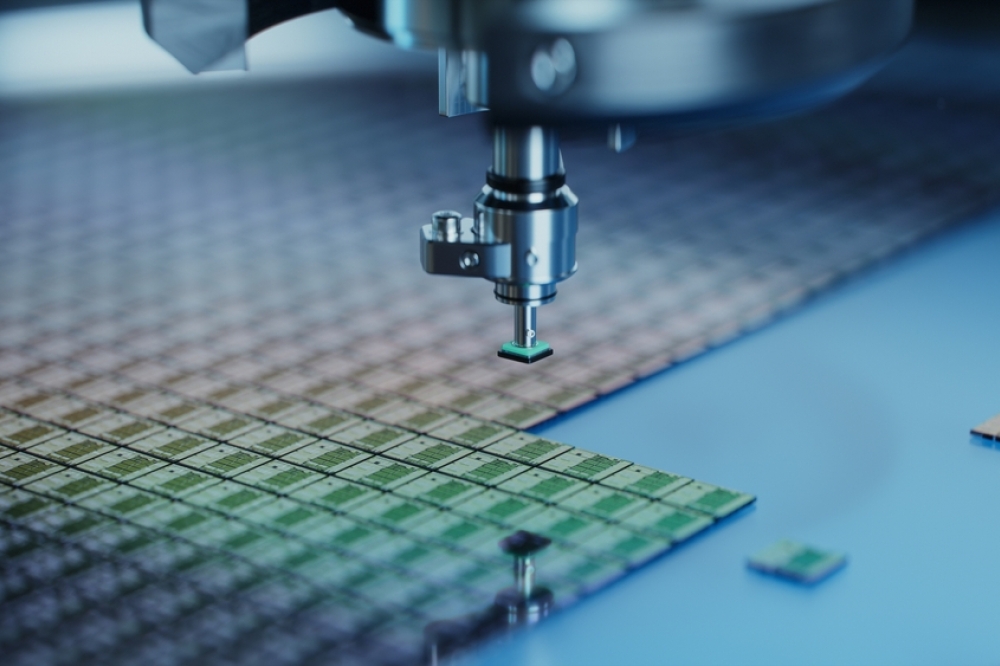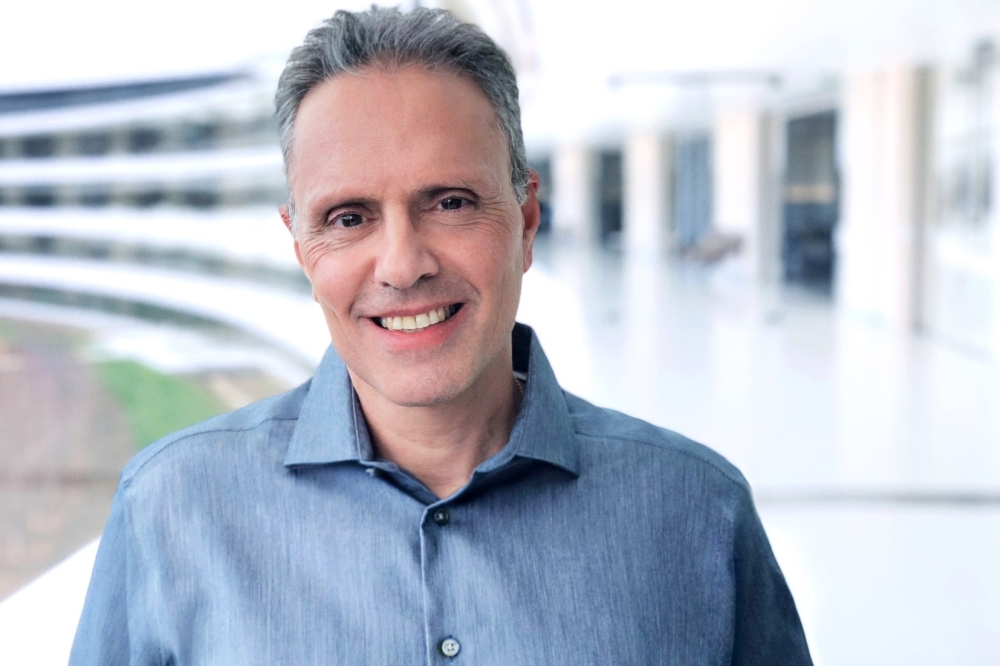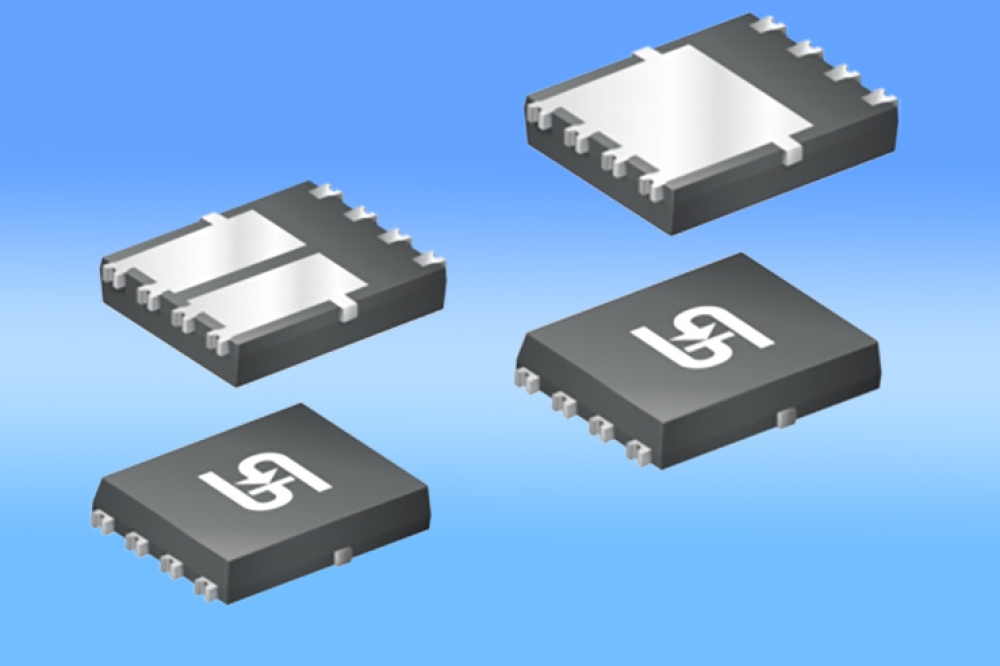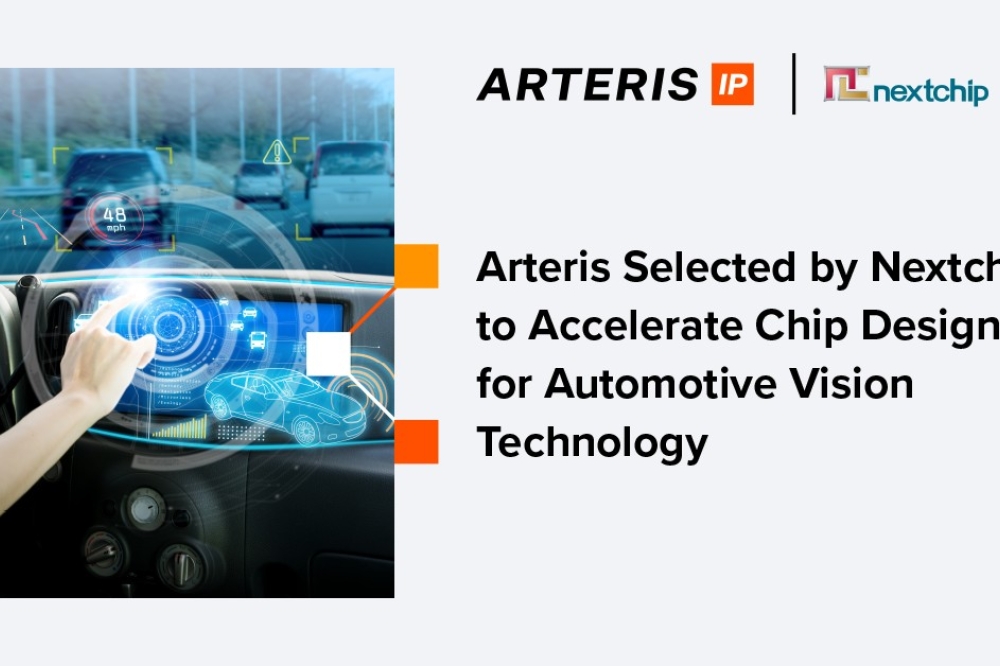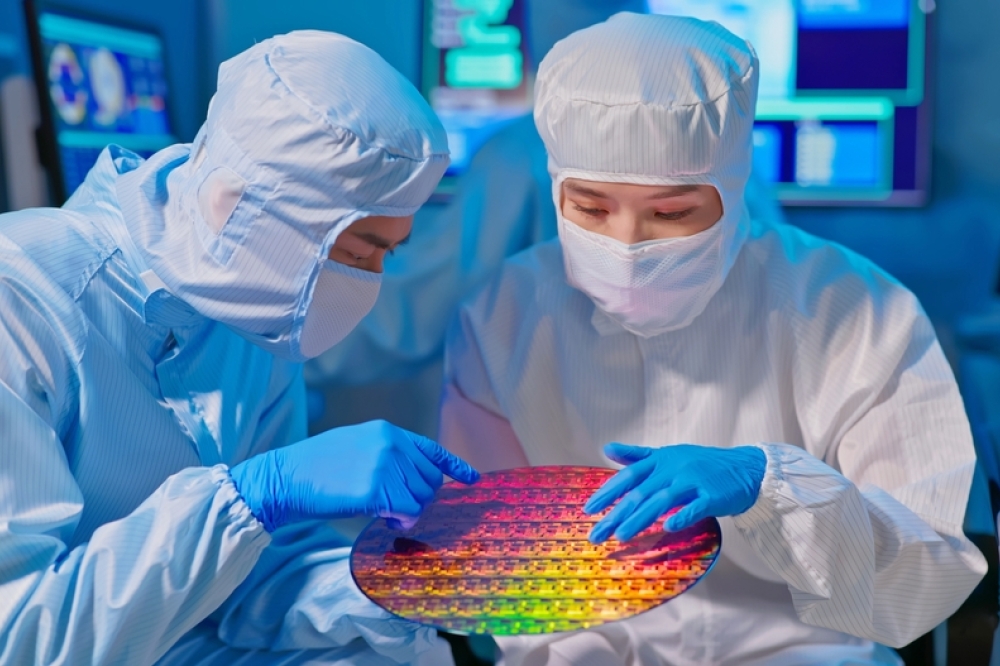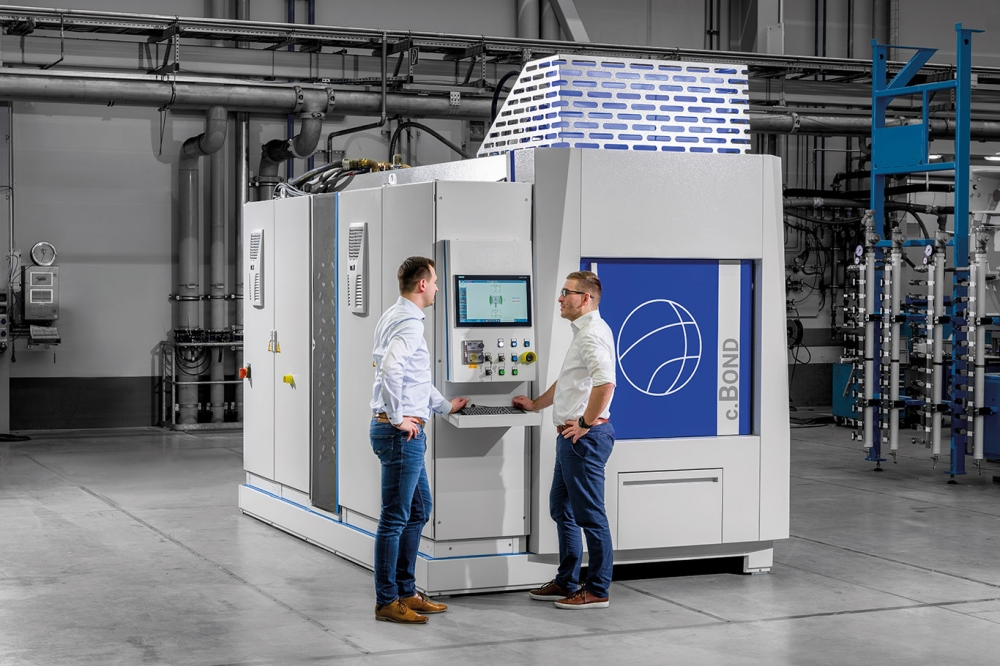Europe’s semiconductor industry focuses on sustainable growth
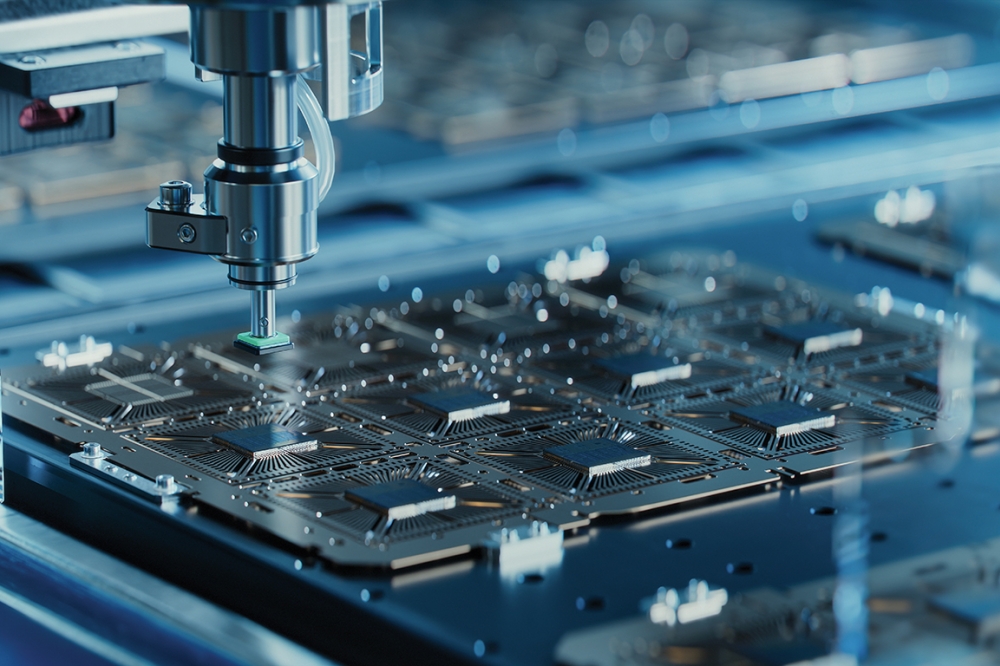
Laith Altimime, President of SEMI Europe, discusses the challenges and opportunities facing the European semiconductor industry. Laith talks sustainability, collaboration, technology innovation, skills and geopolitics, sharing his excitement for the industry’s future as it underpins the ongoing development of our digital world.
SIS: The theme of last year’s Semicon Europa, towards the end of 2024, was, innovation collaboration, powering sustainable and exponential growth. It would be good to understand what was the thinking behind this focus, as well as how did the event go?
LA: Th event went exceedingly well. I think the feedback was tremendously positive. Semicon Europa is and will always be a pivotal event, and an exciting opportunity for the European semiconductor ecosystem, providing a platform for collaboration, innovation, and knowledge sharing.
The focus on innovation and collaboration is powering sustainable, exponential growth. It’s very much the statement of the industry, which is the goal for a holistic, forward-thinking approach. And it recognises that the pace and scope of growth required to meet the global demands cannot be achieved through isolated efforts. It very much calls for leveraging cutting edge technologies alongside collaborative efforts across industries, borders, and across sectors to create sustainable, scalable digital future.
Ultimately, the thinking behind the theme underscores that the future must be built on technological advancement, cooperation, collaboration, and sustainability, all working together to generate exponential progress in a way that respects both the planet and humanity, which is really the key contribution of the semiconductor industry.
SIS: Perhaps we can drill down into a little more detail, starting with sustainability. It’s clearly a major focus for the industry. And it’d be good to understand how you would perhaps characterise the work that’s been done so far, and maybe contrasting it with what more remains to be done?
LA: Sustainability is part of the industry’s exponential growth, the target to reach or even exceed $1 trillion global industry revenue by 2030. Sustainability has become a critical focus across industries, particularly in the semiconductor and tech sectors, as they play a central role in global carbon emissions, resource consumption, and electronic waste.
It’s key to state that that the semiconductor industry has made substantial strides towards sustainability, particularly in the areas like energy efficiency, material recycling, and renewable energy adoptions. These are fundamental, you know, in terms of enabling the industry to transition and to contribute.
However, achieving Net Zero, requires the addressing of the broader environmental impacts associated with the entire supply chain, e-waste, carbon emissions from the semiconductor manufacturing and product usage. Ultimately, the semiconductor industry’s path to Net Zero will depend very much on continued innovation and collaboration and a willingness to adopt circular economy principles, from design and manufacturing to end of life disposal.
Although this journey is complex, with really concentrated efforts, the industry can play a pivotal role in a sustainable Net Zero future.
SIS: Collaboration has been mentioned a couple of times - there does seem to be a growing, even a final recognition that, in many cases, the challenges and the opportunities for the sector are just too complex, sizeable and expensive to be tackled by individual organisations. There is a growing need for collaborative partnerships, whether that’s research to commercial or commercial organisations working each other. How would you characterise this necessity and how it is working in practise?
LA: Yes. You you’re absolutely right. The semiconductor sector, like many other high-tech and industrial sectors, is facing challenges and opportunities that are increasingly too complex as the industry continues to growth. And one needs to keep in mind that the industry growth or doubling by 2030 is basically doubling what it has taken to reach today’s figure – just over $600 billion over five decades.
Within the next five to seven years, the challenges of complexity and the speed of innovation required cannot be tackled by a single CEO, single country or single company. There needs to be a global collaborative effort, and SEMI has provided these platforms. They’ve grown in recognition that collaborative partnerships, whether between commercial organisations, research institutions, or even public/private entities are key for tackling the complex, large scale, unprecedented challenges of the semiconductor industry. The demand for innovation in areas like AI, quantum computing and sustainability is vast.
By leveraging collective expertise, shared resources, and joint development - collaboration - the semiconductor industry can address these unprecedented challenges. SEMI has the necessary global footprint and has launched the SEMI International Policy Summit, to bring together the industry, academia, and the policy makers to educate all on generating the new policies required to help the industry advance towards the 2030 target.
SIS: Slightly opposed to this collaboration, or at least not necessarily fully in line, there is this growing trend towards reshoring or onshoring. Do you think that is specifically anti-collaboration? And what impact is it having on the industry overall – is it weakening or strengthening it?
LA: It’s right to highlight the growing trends towards reshoring and onshoring, it’s very much in the spotlight today. It’s driven by several factors, including geopolitical tensions. This is really very high on the agenda today. Along with the supply chain, which can also experience geopolitically induced disruptions. National security concerns are very high on the agenda. There is a desire to reduce dependence on foreign sources.
The solution it to think global, act regional - by integrating into a broader strategy of collaboration, both within Europe and globally, we can achieve the best of both worlds - stronger regional capabilities while still participating in global ecosystems when it comes to innovation, research, commerce. It’s key to keep in mind that the industry’s future hinges on this delicate balancing act, with geopolitical tensions the overriding issue.
SIS: In terms of innovation within the industry, advanced packaging and fab production management are near the top of the industry’s priority list. It would be good to understand how excited you are about work in this area and any other innovations that you might want to highlight?
LA: The semiconductor industry today is, in my opinion, the most exciting industry to work in because of all the opportunities, collaboration, global perspectives. Advanced packaging and fab management are incredibly exciting areas because they offer the opportunity to push the boundaries of what semiconductors can do. And also to optimise performance, and, at the same time, to drive innovation across virtually every sector of the entire value chain.
Advanced packaging maximises the performance potential because of the amount of data generated and the need for a much wider bandwidth, as with individual chips. In the end, it’s really at system level that we talk about energy performance cost. This needs to be addressed at system level, and advanced packaging can be instrumental in enabling this. As the semiconductor industry continues to innovate in these areas, we’re likely to see breakthroughs that enable the next generation of computing, communication, sustainable technology - helping power the industry’s exponential growth is AI, the AI driven world of the future.
This is a major part of digital transformation. Everything is AI underpinned, AI driven, on enabling basically, like, everything. When we talk about smart cities, quantum computing, autonomous driving, and the need for cloud, edge computing and all the other different forms of computing to be able to handle the explosion amount of data as connectivity continues to grow. The progress being made in here promises to reshape industries and societies alike.
There will be a paradigm shift that will definitely drive the industry’s exponential growth, and we’ll be transitioning towards a very sustainable digital future.
SIS: There’s an insatiable demand for AI chips, which is not going to slow down anytime soon. And then there are AI applications within the industry - AI can be used by the industry to help improve production, design, and the like?
LA: AI is really underpinning the projected exponential growth of the industry by 2030. AI is feeding sustainable demand - for specialised semiconductor hardware, examples such as AI accelerators, AI specific chips. At the same time, AI technologies are being used to customise everything from chip design and manufacturing processes to supply chain management and quality control.
We’re using AI to accelerate the learning, from across the entire semiconductor value chain. The relation between AI and the semiconductor industry is one of the most dynamic and mutually reinforcing aspects of technological innovation today. It is also key also to keep in mind that there is a synergy between these two forces will which will be a key driver of technological progress in the years to come. This will help to power everything from AI driven health care, autonomous vehicles, smart cities, and beyond. Basically, accelerating the digital transformation into a sustainable digital era.
SIS: Moving on to Europe specifically, with your remit, it would be good to understand how you see the European semiconductor industry, maybe comparing and contrasting it with the US and the Asian markets, outlining what you think that Europe can offer in terms of the strengths it has within the industry. And if there are any areas you think where, if it’s not weak, it could at least develop more of a presence?
LA: The European semiconductor industry has a clear opportunity to carve out a very competitive edge by leveraging its existing strengths, its world class R&D powerhouses, material science, automotive, and AI research, while in parallel simultaneously addressing the need for, as we have already mentioned, advanced packaging, advanced manufacturing capacity, and also global supply chain resilience. So, I wouldn’t say independent sovereignty independent, but it’s key to have supply chain resilience to make sure that we will not have the same thing that happened to the automotive industry during COVID.
As supply chain resilience is of paramount importance, this means we need to look at what we’re strong at, compete, maintain that competitive advantage, but also continue to invest in the areas whereby it provides Europe the supply chain resilience, to maintain its global strategic positioning in the global semiconductor value chain. We have powerhouses in Europe - from equipment, the likes of ASML, from manufacturing, Infineon, NXP, ST, the Bosch. They are powerhouses, so they need to continue to invest in them to make sure that we maintain our competitive advantage while continuing to invest in innovation – for example, the most recent three pilot lines investments under the European Chips act.
SIS: In terms of your own organization’s sort of role within the industry more generally, it would be good to have an understanding of some of your key activities and achievements from the last year. And then looking ahead for this year, what’s on the horizon?
LA: SEMI Europe is very close to my heart and we play a pivotal role in driving innovation, advocacy, and collaboration across the continent.
Over the course of 2024 and into 2025, SEMI Europe activities have been largely focused on addressing the critical challenges and opportunities facing the European semiconductor ecosystem. This ranges from skills development, policy advocacy to supply chain resilience, as well as sustainability.
We continue our pivotal work in strengthening semiconductor ecosystems. This is through skills development, policy advocacy, industry collaboration and technology innovation. Workforce development is crucial and we need to continue our focus is on the talent pipeline. The skills shortage remains a critical challenge and Europe is committed to driving education and training initiatives. And we continue to generate new initiatives year on year, which is very much supported by our industry and our SEMI European advisory board to ensure Europe has the talent necessary to meet the demands of an increasingly AI-driven and digitally connected world. This means that upskilling and reskilling, as well as diversity inclusion, equity.
SIS: Following up on the skills side, everyone talks about the impending skills shortage, but no one seems to be panicking. Famously, TSMC postponed opening a a fab in Arizona, citing a workforce skills shortage. How worried are you that, if there isn’t enough new blood and skills coming into the industry, that there will be significant delays within the supply chain?
LA: We recognise this is a key challenge, in order to enable the growth. And there are examples where things did not happen because of the talent required. But one cannot sit back and say everything will be alright. We are doing everything we can at SEMI Europe to help provide our global holistic workforce development programmes and implementation in Europe.
SIS: Finally, if we can talk about geopolitics. Are you at all worried that various geopolitical might, if not jeopardise the industry, at least change its direction of travel, particularly with regard to sustainability. Are you at all worried that the industry might sort of have to change its focus whether it wants to or not?
LA: Geopolitics has been taken to another level. Because we are a collaborative industry, we need to make sure that this collaboration continues. But it’s a great question and one that speaks to the very heart of the industry, as evolving in a complex, but also often turbulent global environment. The intersection of geopolitics, technology and sustainability is particularly charged right now.
If you look at the investments such as the European Chips Act, the US Chips Act and other initiatives since the COVID this has taken the semiconductor industry collaboration to the next level, a very clear paradigm shift.
This needs to continue. It’s imperative this continues. And I think the rest of this decade will be crucial for determining whether geopolitical tensions derail industry progress or whether global collaboration, particularly in areas like AI and sustainability, can overcome these challenges.
SIS: Finally, are we trying to fool ourselves that we can have an equally digital and sustainable world? Does there have to be some compromise one way or the other, or do you think there is a genuine opportunity to give everyone the digital devices and access that we all demand and also do it in a sustainable way? Or do we just have to accept that if we all want to consume vast amounts of data, that will have an impact on the planet, and we just have to live with it?
LA: I think it’s important they go in parallel because one needs to consider not only the economic impact, but also societal impact. This is of paramount importance. They need to go hand in hand.


